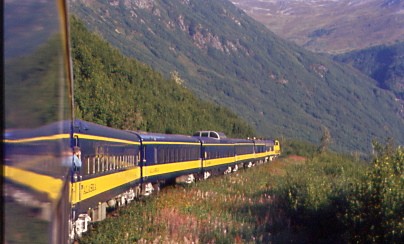
I walked to the station in Anchorage under a full moon where I received my boarding passes for my round trip to Seward. My train this morning was GP40-2 3009, power car P-30, baggage 111, diner/lounge 301, dome 501 (nee Union Pacific 7008}, coaches 209 and 204 along with dome 502 (nee Northern Pacific 556) painted as Wildlife Express and Kenai Fjord Tour across the side of the car. Today's journey would be new mileage from the station to the junction with the Airport Line and then from Portage to Seward. The Coastal Classic departed on time at 6:45 AM.
We proceeded south, joining the freight mainline as we slowly made our way along Anchorage Bay then passed Westchester Lagoon on the east as it travelled into the Anchorage suburb of Spenard. Minutes later, we reached the junction with the Airport Line as my new mileage came to a brief end. Diamond Mall was passed again on the left and to my right was a huge car junkyard. Anchorage Sand And Gravel was on the right, a major part of the building process due to permafrost conditions here in Alaska and one has to put a layer of gravel under a foundation so the building will not sink into the ground. We also passed the Flying Crow Airstrip, a back yard airstrip for the residents who live there.
The Turnagain Arm of Cook Inlet came into view to the right on this pre-dawn morning and the Rabbit Creek Rifle Range was also off to the right prior to reaching the tidal flats near the Potter Marsh Bird Preserve. Our train then started the shoreline running of Turnagain Arm and I rode in the dome of 502 as we paralleled the water. Dall sheep were seen high up on the cliff above the Seward Highway and there were interesting clouds above Turnagain Arm. I went to the dining car for a breakfast of French Toast which really hit the spot on this very beautiful clear Alaska morning. While I was eating, we travelled through Girdwood, home of the Alyeska Ski Area, Alaska's largest. Across the highway was a gun mount for shooting down avalanches above the highway. The train entered the Chugach National Forest, the second largest in Alaska.
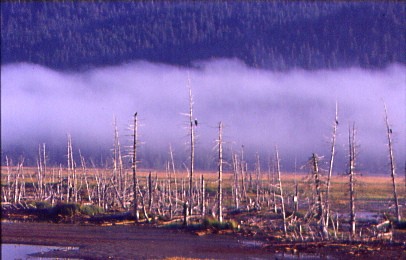
A bald eagle was on one of the earthquake-affected trees just before we crossed Twenty Mile River, which is fed by Twenty Mile Glacier. We arrived at Portage, covered in ground fog, and reached the junction with the Whittier Line and once passed the switch, my new mileage resumed.
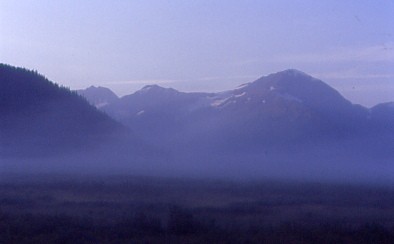
The fog made for an interesting view to my left.
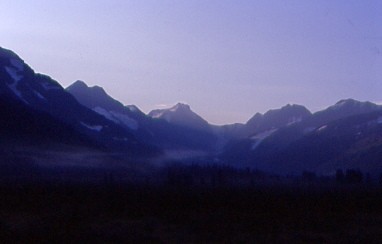
Looking up the same valley minus the fog.

Looking back towards Portage.
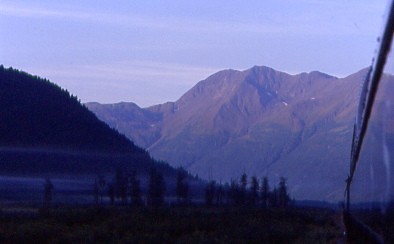

Beautiful views from both sides of the train as we started to ascend Moose Pass.

We slowed for Spencer Glacier.
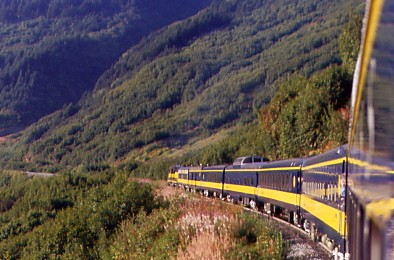
The grade increased for our train.
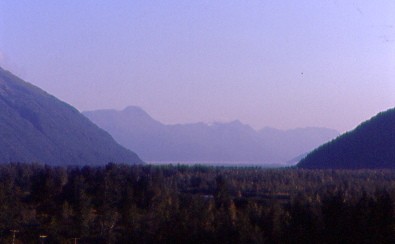
A look back at Turnagain Arm.
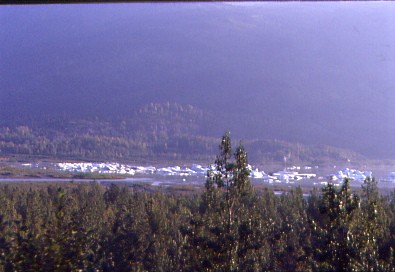
Icebergs out in Spencer Lake.
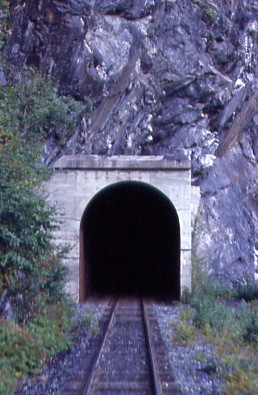
The first tunnel at Milepost 52.7, was 584 feet as we entered Placer River Canyon.
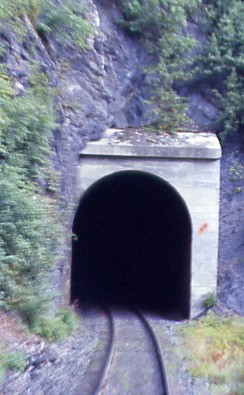
One of the five tunnels.
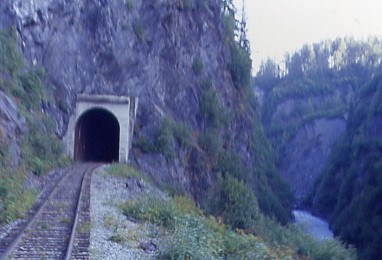
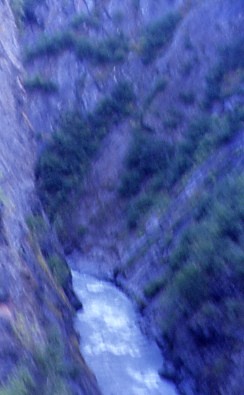
The Placer River Canyon.
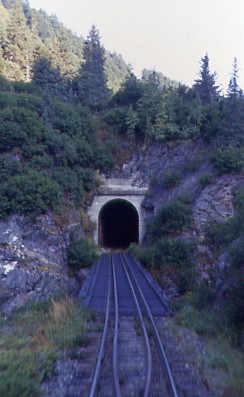
The last tunnel, at Milepost 51.9, was 310 feet, after which we crossed the bridge across Placer River.

Another high glacier.

The views grew better and better. As we neared the loops and Barlett Glacier, my camera battery died as my camera was rewinding a roll a film and I had to run three cars forward to get new batteries.
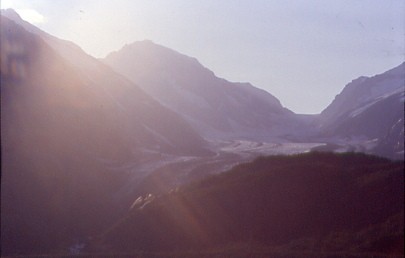

Bartlett Glacier, named in 1907 for Frank Bartlett, Alaska Central Railroad civil engineer, as we had climbed to the top of the loops.
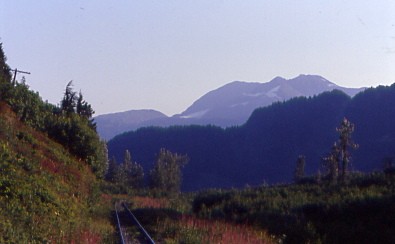
The view looking back towards where we had climbed. We reached our first summit of the Kenai Mountains at Grandview.

More peaks ahead of the train.
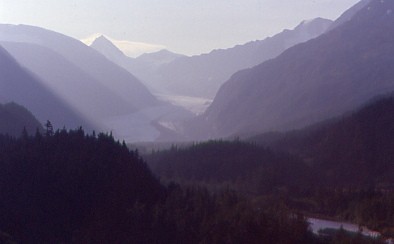
Trail Glacier came into view down the mountain from the east.
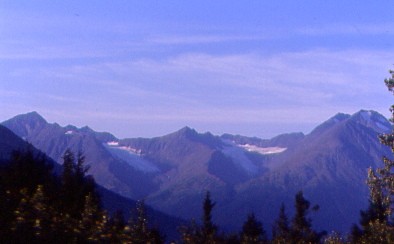
More peaks loomed to the east.
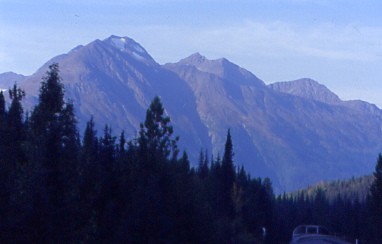
The view from dome 502 as we descended Moose Pass.
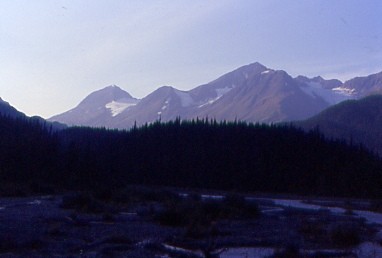
More glaciers to the southeast.
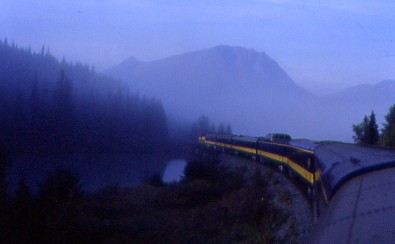
I rode the rear dome through the fog along the Trail River.
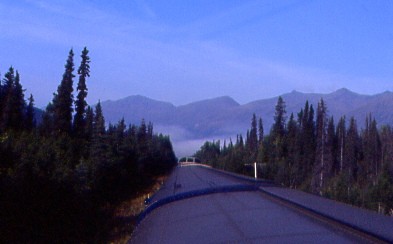
The train crossed Trail River at the start of Upper Trail Lake, paralleled it and crossed a second time to enter the village of Moose Pass, which is along Middle Trail Lake. Below that came Lower Trail Lake and we then traversed Trail River for the last time.
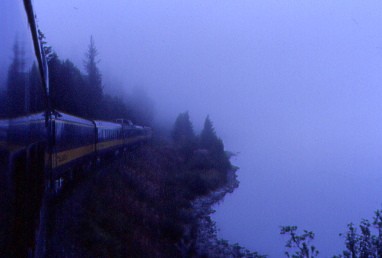
A look back to where we had been.
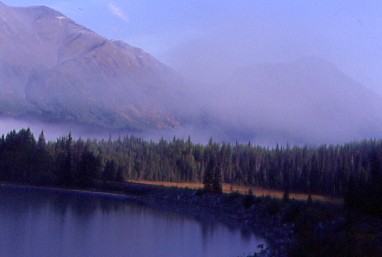
Paralleling Kenai Lake for a while in the fog.
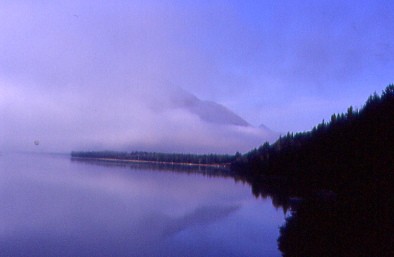
The lake as the fog lifted.
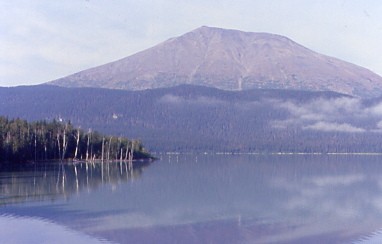
One of the largest glacial lakes in the Kenai River System, Kenai Lake is a beautiful lake in a road-accessible area of Alaska. The backdrop of the majestic Kenai Mountains and its proximity to the Kenai National Wildlife Refuge make Kenai Lake a great wilderness getaway. Boomerang-shaped Kenai Lake is 22 miles long and over 540 feet deep and is fed by several glacial tributaries including the Snowy and Trail Rivers. The outlet of the lake forms the headwaters of the 82 foot long Kenai River, which passes through Skilak Lake to its outlet at Cook Inlet. The Kenai River has all five species of Pacific salmon, and the section on the Kenai River between Skilak Lake and Kenai Lake is an important spawning ground for Chinook salmon as they winter in Kenai Lake. There are huge king and silver salmon in the River and in 1985 a 97 pound salmon was caught on the Kenai River.
Kenai Lake also has abundant populations of rainbow trout, lake trout and Dolly Varden, a type of char. Anglers can fish from the bank or by boat. Motorboats are allowed on the lake as are personal watercraft with some restrictions. The lake and sections of the Kenai River are particularly well known for kayaking, and there are several outfitters in the area that offer raft trips.
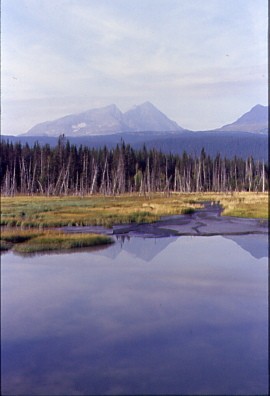
The peaks to the west end of the lake. The train left the fog as it rolled through the forest.
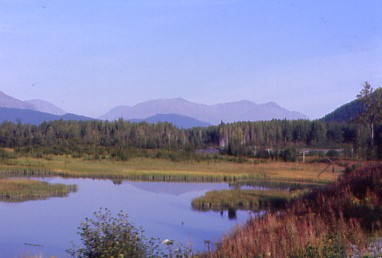
A pastoral scene.
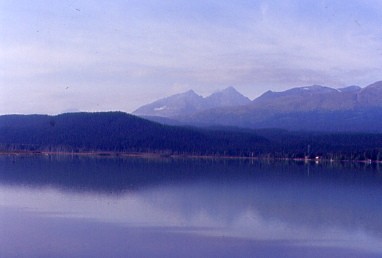
The view looking back.
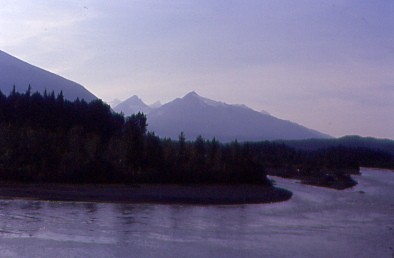
We continued through the forest until we crossed Snow River then went under the highway before it climbing into the forest again then under the highway a second time to reach Divide, the 694 foot summit of this branch of the Kenai Mountains.
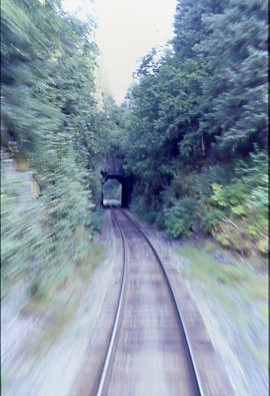
As we made our descent towards Seward, we passed through another tunnel then continued through the unspoilt forest, rejoining Seward Highway and crossing Bear Creek. A few miles later, we passed a yard limit sign as we approached Seward.
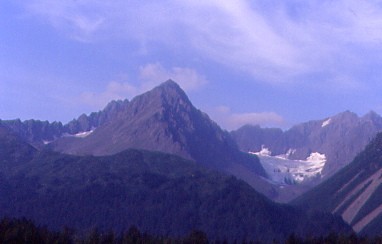
We crossed the Resurrection River and an excellent southwest view.
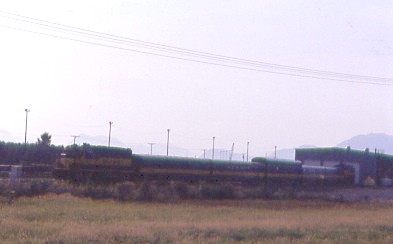
The Cruise train was being kept here.
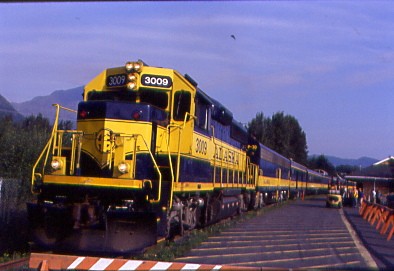
We returned to Seward at 11:10 AM and our train, led by Alaska Railroad GP40-2 3009, built by Electro-Motive Division in 1976, was now at rest.

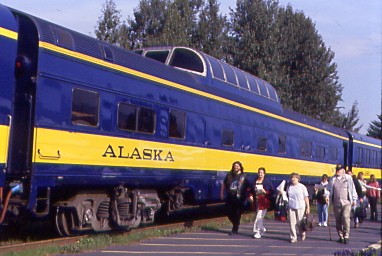
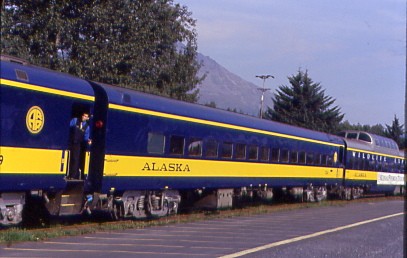
A few pictures of our train before I boarded a bus for the Kenai Fjord tour, which can be found in the Princess Cruise story.
| RETURN TO THE MAIN PAGE |